

Max Davies
2025 Toyota Corolla SX review
5 Days Ago
Mitsubishi has joined the crowd of brands looking to phase out purely petrol- or diesel-powered cars, but it's not giving up on hybrid power.

Contributor


Contributor
Mitsubishi Motors is the latest brand to set an end date for production of petrol- or diesel-only vehicles.
According to Mitsubishi, hybrid, plug-in hybrids, and electric vehicles will account for 50 per cent of its sales by 2030, and all its sales by 2035.
It’s a different approach than that being taken by many of the world’s carmakers, which have decreed the end of internal-combustion entirely by a similar date.

That’s likely down to where Mitsubishi sells most of its cars. Unlike its Alliance mates, it’s currently focused on south-east Asia and Australia as its core markets, and views Latin America and South America as potential growth markets.
Unlike more developed markets, many of those regions are still married to petrol and diesel power, and aren’t guaranteed to feature the infrastructure to support a pure-electric range come 2030, or 2035.
Leading the move from a petrol- and diesel-driven range to one that puts electric power in the spotlight will be the plug-in hybrid flagship of the current Mitsubishi range in Australia, the Outlander PHEV.
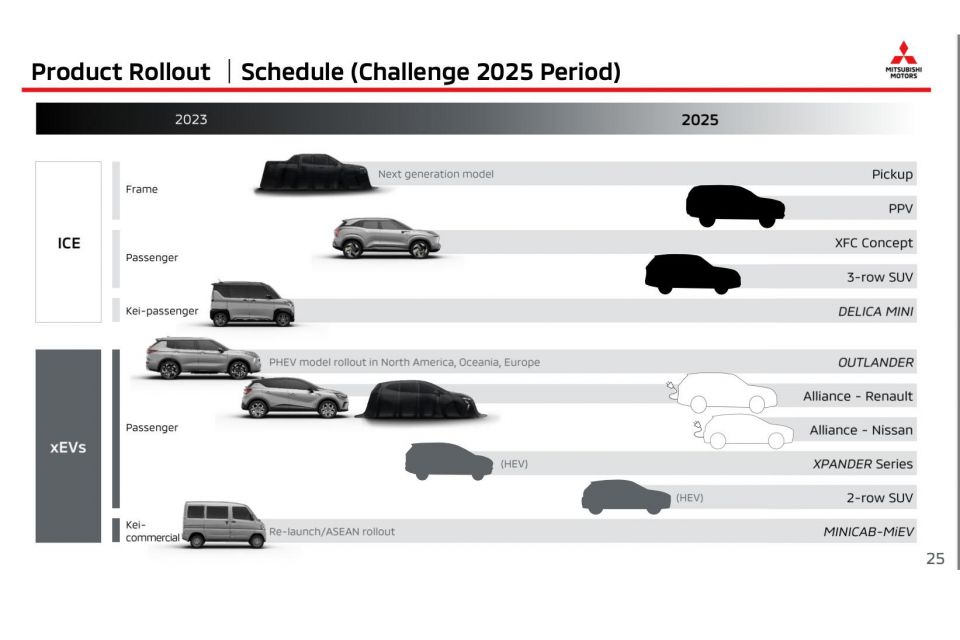
Mitsubishi has committed to offering it in more markets globally as a first step, before rolling out an expanded range of electric vehicles.
It plans to offer an electric ute as part of its range, along with a two-row electric SUV and a new “Alliance BEV” built on underpinnings shared with its Renault and Nissan corporate cousins.
What form the ute will take isn’t clear. The vehicle concealed under a sheet in the product roadmap is different to the Triton silhouette on show, suggesting the EV ute could be a Mitsubishi version of the Nissan Surf-Out Concept that we saw earlier in 2023.
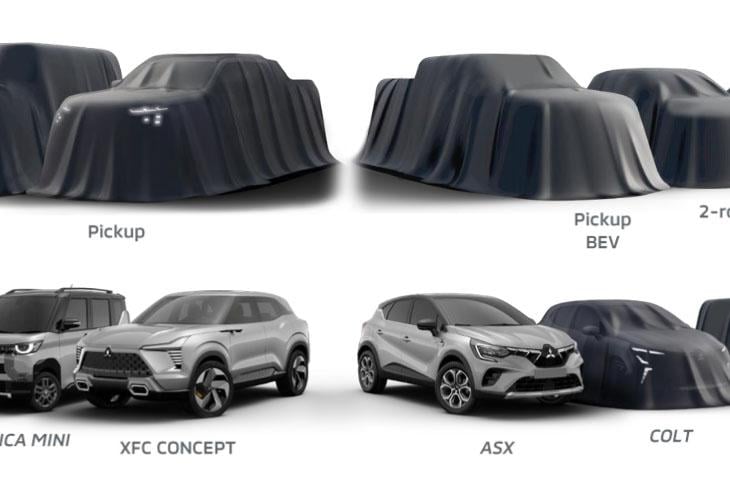
Both SUVs are possible candidates for an Australian introduction; not something we can say for the electric kei car also teased as part of the latest Mitsubishi product roadmap.
On the internal-combustion side of things, the most relevant vehicles revealed in the latest roadmap are the Triton ute (due soon) and the related “PPV”, or pickup passenger vehicle, likely to replace the current Pajero Sport around 2025.
The current Triton was given a major overhaul in 2019, but was originally launched in 2015. The new model will share more with the Nissan Navara, as Nissan and Mitsubishi look to more closely collaborate on next-generation vehicles.
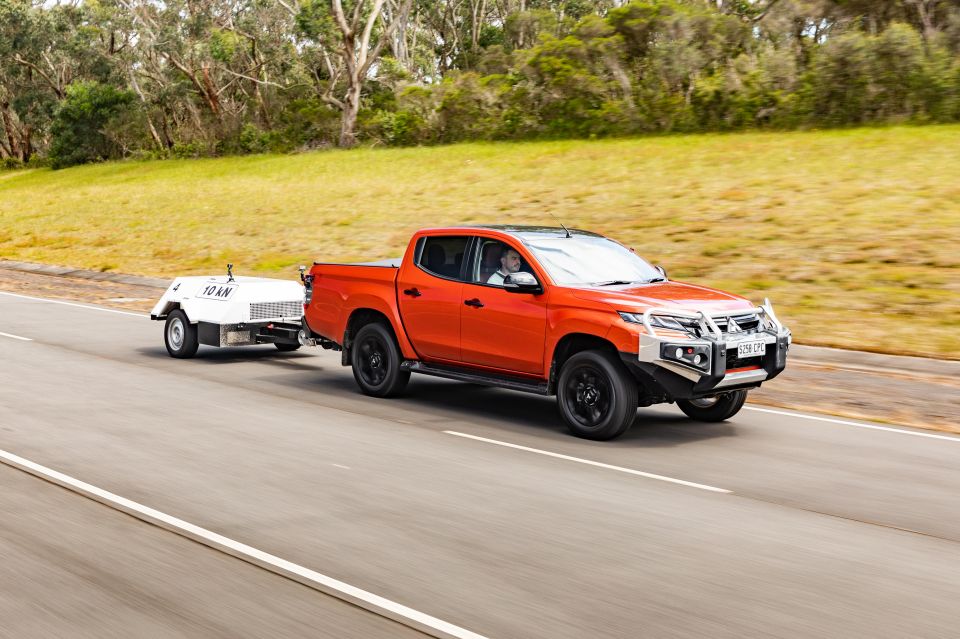
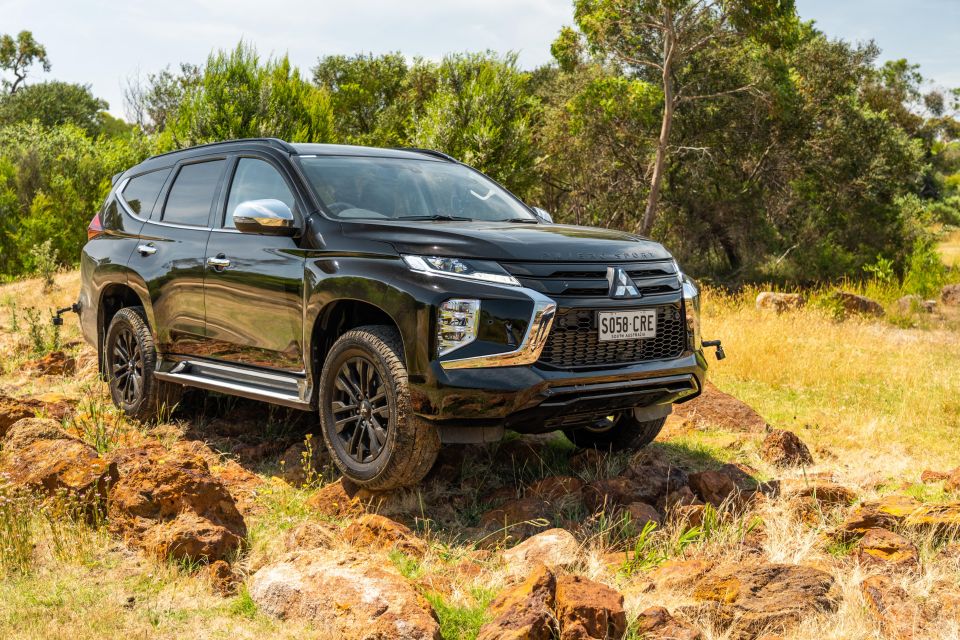
There’s also a new three-row SUV in the works for 2024 or 2025.
Unlike the ute-based Pajero Sport, this mysterious seven-seater is thought to be a rival to the Toyota Kluger and Mazda CX-9 – potentially sharing its underpinnings with the Nissan Pathfinder.
A hybrid two-row SUV is coming at some point in 2023 or 2024, along with a new Colt city hatchback based on the Renault Clio. We’ve already seen the Mitsubishi ASX replaced in Europe by a rebadged Renault Captur, but its global prospects are less clear.
Where expert car reviews meet expert car buying – CarExpert gives you trusted advice, personalised service and real savings on your next new car.
Scott Collie is an automotive journalist based in Melbourne, Australia. Scott studied journalism at RMIT University and, after a lifelong obsession with everything automotive, started covering the car industry shortly afterwards. He has a passion for travel, and is an avid Melbourne Demons supporter.


Max Davies
5 Days Ago


James Wong
3 Days Ago


James Wong
3 Days Ago


Max Davies
2 Days Ago


James Wong
10 Hours Ago
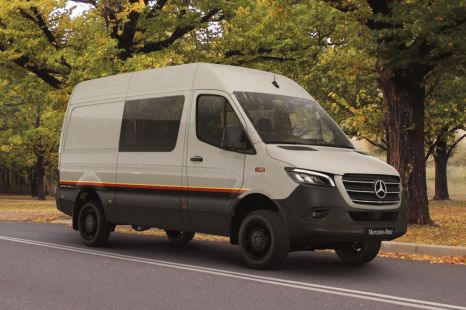

Marton Pettendy
9 Hours Ago